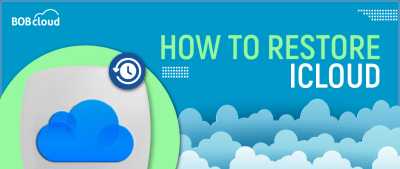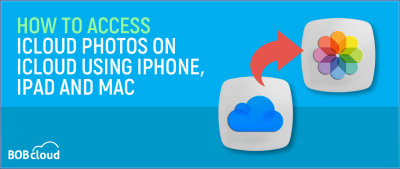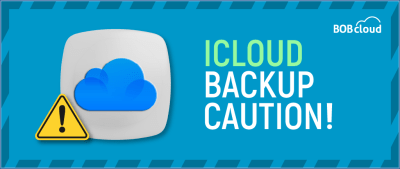How To Restore From iCloud Backup – Updated in July 2024
Table of Contents
- In this article you will learn:
- Learn essential methods to back up and restore iPhone data using iCloud.
- Discover how to handle common issues like data loss and restore your device seamlessly.
- Understand the importance of regular backups and tips for effective iCloud management.
Backing up your iPhone data ensures you keep all important files.
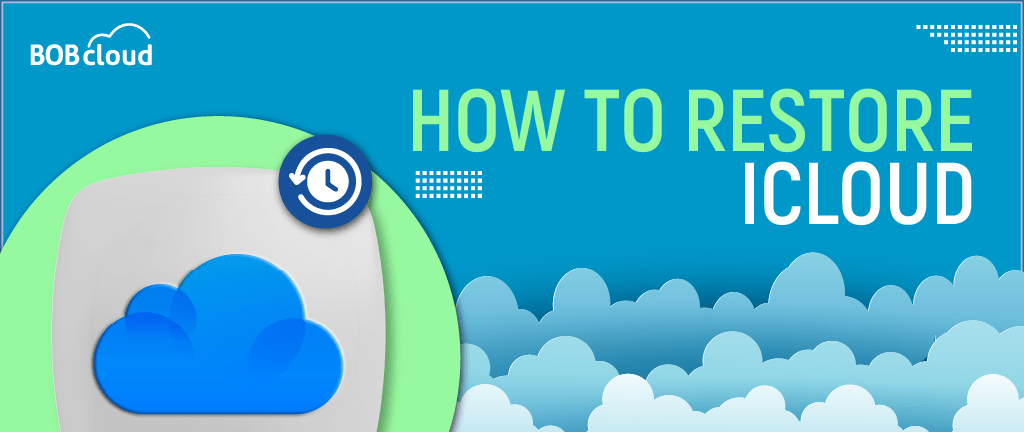
The unexpected data loss on your iPhone can be a troubling and upsetting experience. Accidental deletions, system malfunctions, or device upgrades may compromise crucial files such as photographs, contacts, notes, or the entire operating system.
You will learn a systematic approach to restoring your iPhone data through iCloud backups with multiple options.
Whether you have:
- Mistakenly deleted critical files such as photos, contacts, or notes.
- Transferring data to a new iPhone and desire a seamless transfer of all your data.
- Experienced continuous iPhone issues and seek to restore your device to a stable state.
- Unintentionally reset your iPhone and require the recovery of lost information.
Things To Consider Before the Restoration Process:
- First, you risk losing data if your latest iCloud backup needs to be updated. Your device will revert to its state at the last restore iCloud backup, permanently losing any data added since that Backup.
- Second, this method doesn’t allow you to preview and selectively recover specific data. After completing the process, you might discover that the chosen backup file only has the necessary data.
- Additionally, your iPhone could get stuck during the iCloud restore process.
- Finally, if the iCloud Backup is quite large, then restore data from iCloud can be a lengthy process.
How To Check if Existing iCloud Backup Is Available
The following steps will help you identify the recent iPhone backup stored on your device.
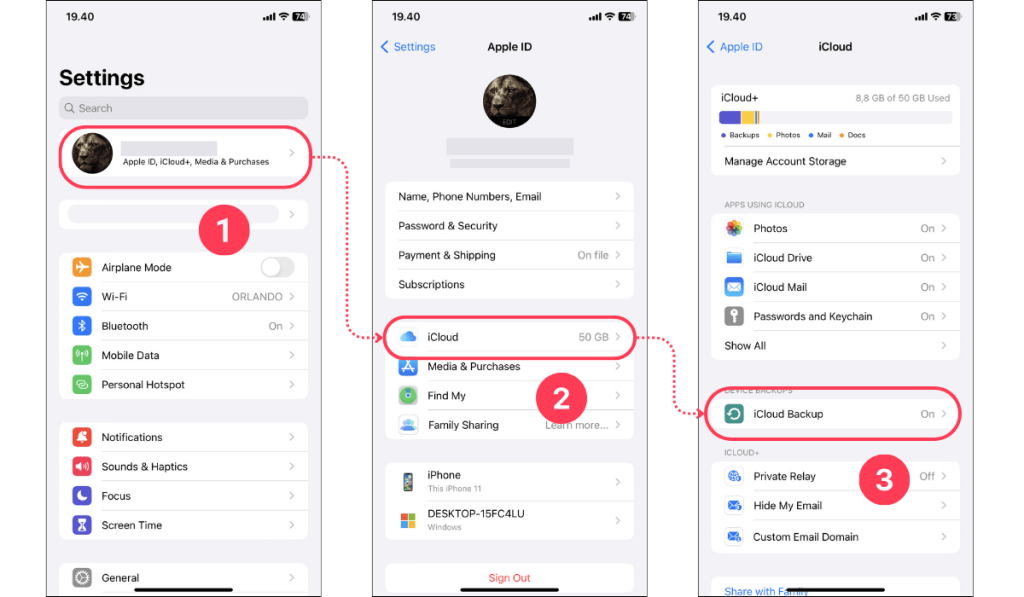
- On your iPhone, tap on the “Settings” icon and the Tap on your “Name.”
- Select the “iCloud” option.
- Select “iCloud Backup”.
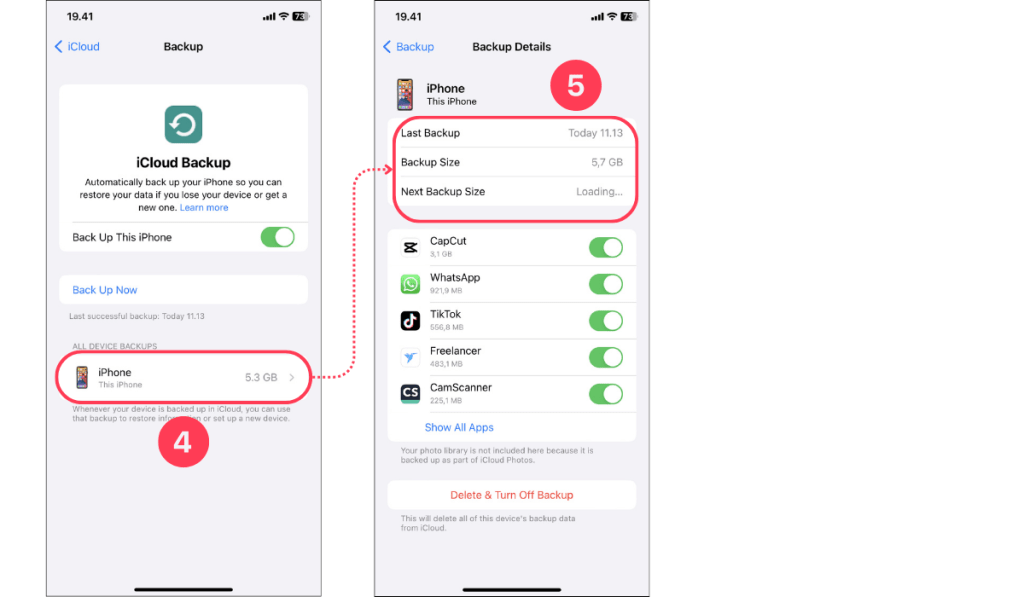
4. Tap on the “iPhone entry” icon.
5. Here your iPhone will display the date and size of the Backup.
If you do not see any backup entry, or it is dated earlier than yours, then ensure that you took a backup of your iPhone using iTunes on a PC.
How To Restore iPhone From Backup in Multiple Ways
If you need to restore your iPhone data, iCloud offers several convenient options. The following methods simplify the process and show you different ways to get your data back using iCloud.
Method 1: How to Restore iPhone From Backup in iCloud
Once you confirm that you have a usable backup, follow the steps below to learn how to retrieve an iCloud backup on your iPhone.
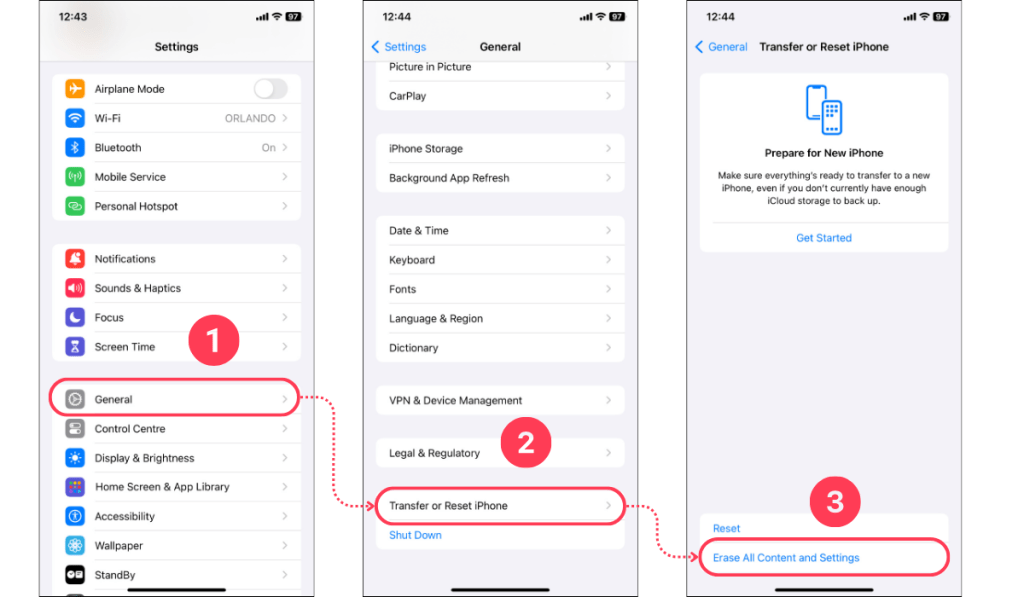
1. Go to the main Settings screen on your iPhone and then Tap on General.
2. Scroll down and tap Transfer or Reset iPhone.
3. Tap Erase All Content and Settings.
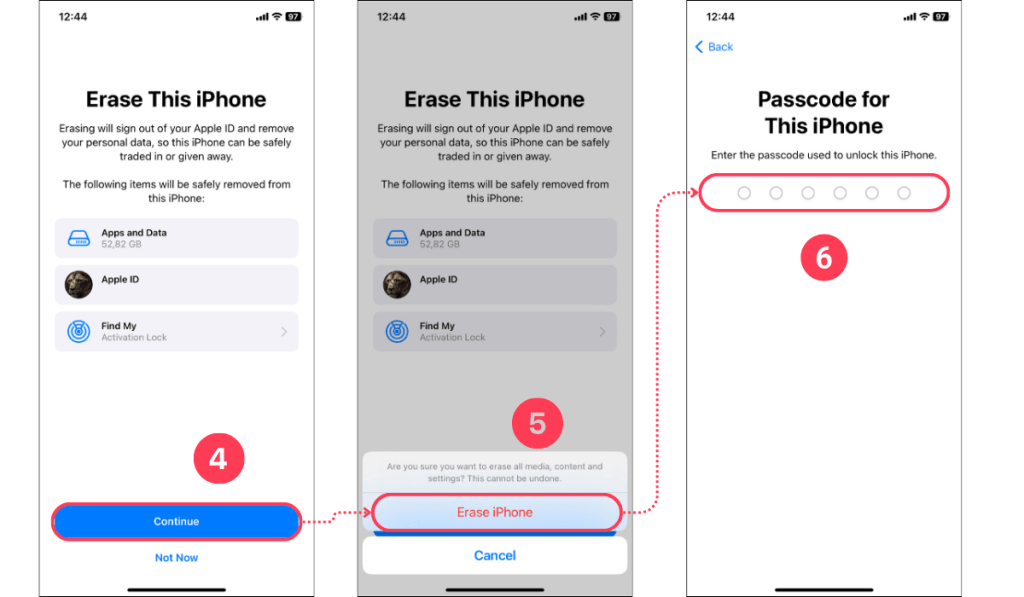
4. Tap on Continue
5. Confirm and tap Erase Now.
6. Enter your Passcode when prompted.
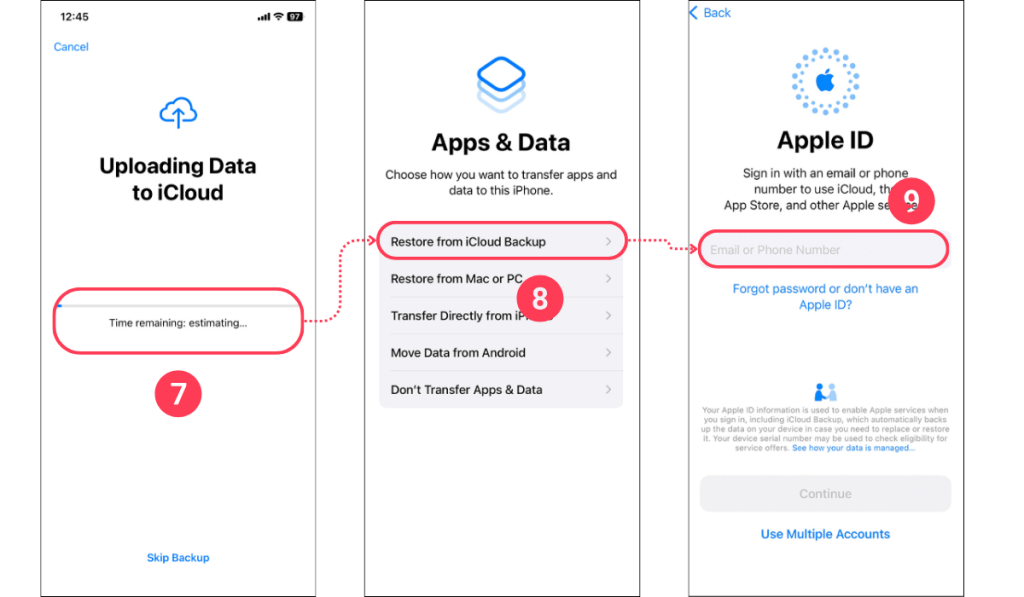
7. Wait the your latest backup upload to iCloud
8. Tap on Restore from the iCloud Backup option On the Apps & Data screen.
9. Type your Apple ID and sign in to iCloud once your iPhone restarts.
10. Select a backup file from the list.
11. Follow the onscreen instructions to complete the Restore process.
Method 2: How to Restore iPhone From Backup in iTunes
If you synchronise your iPhone with a PC via iTunes, you can recover the required data from iTunes to your iPhone. Here is a guide to recovering a lost phone using iTunes.
Connect your iPhone to your Windows computer and Open iTunes, considering you have installed it since you have taken a backup on it.
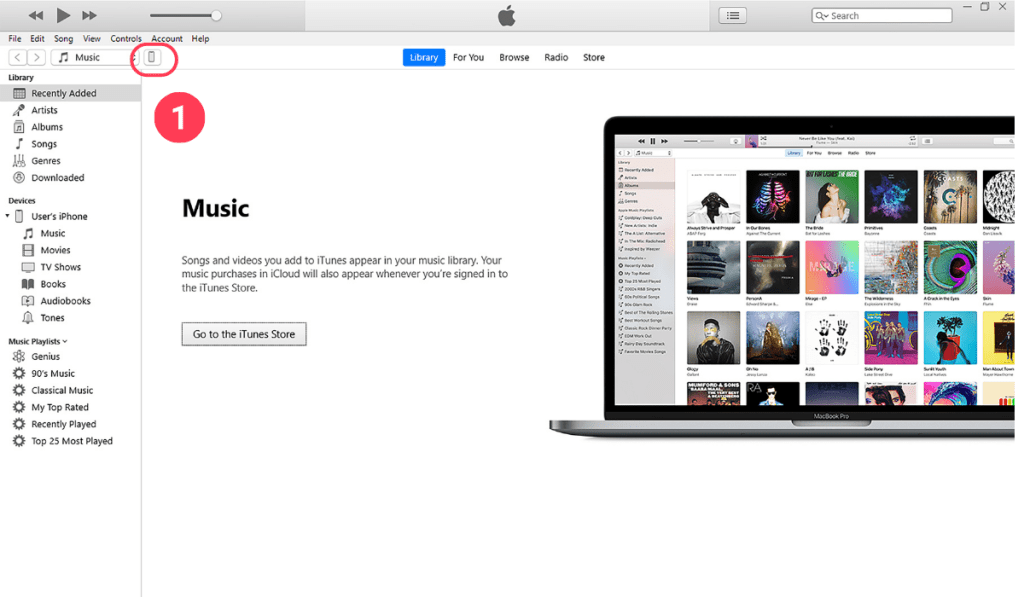
1. Click on your iPhone at the top of the screen.
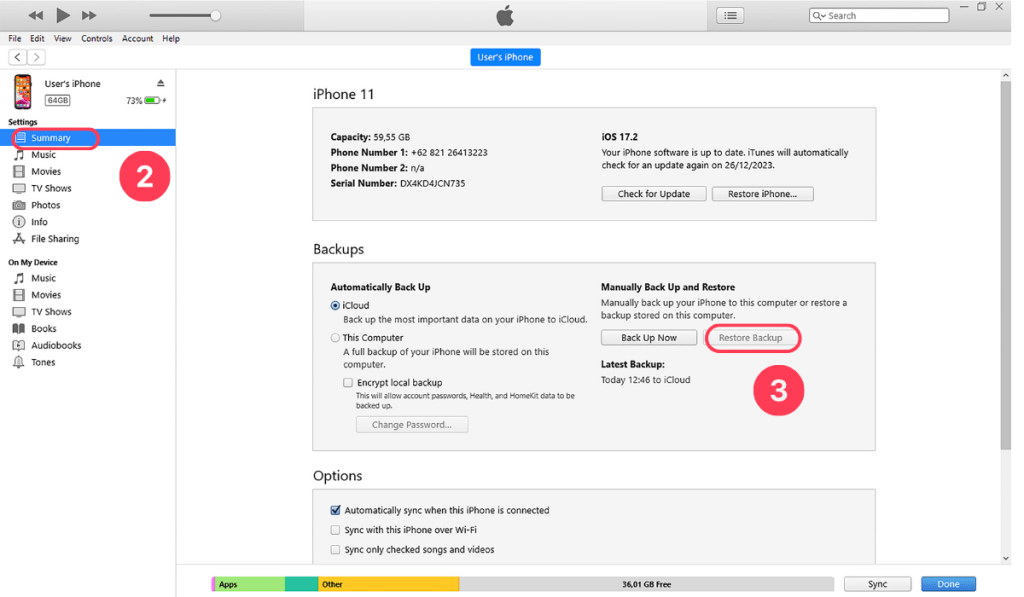
2. Click on the Summary
3. Click on the Restore Backup option and follow on-screen instruction to restore your iPhone through iTune backups.
If no iPhone backup is available on your device, you will find the “Restore Backup” button in a disabled state.
Method 3: How to Restore from iCloud Backup using Selective Data Restoration (Optional)
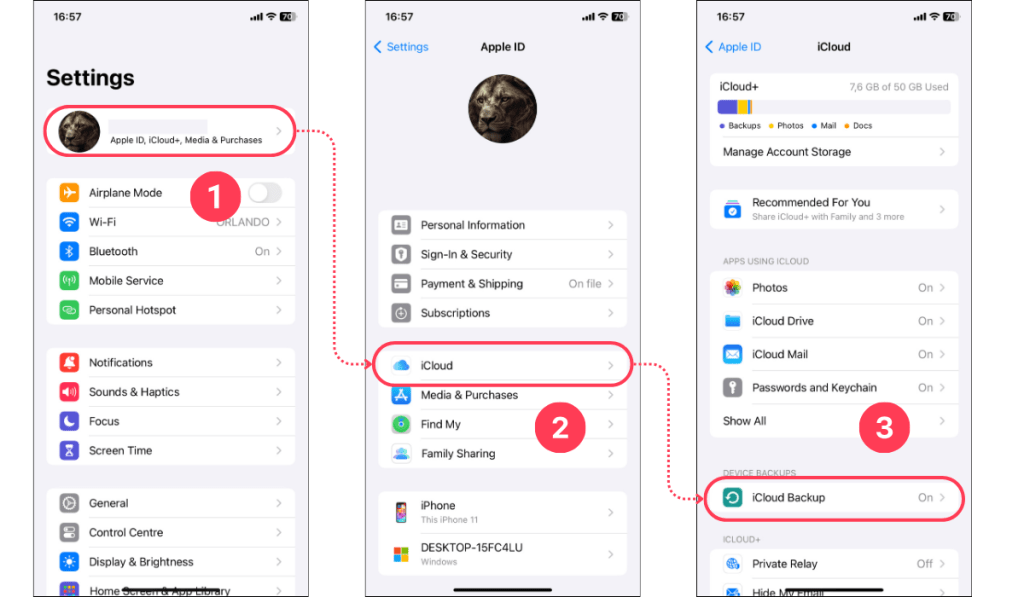
1. Go to Settings and Tap on your Name]
2. Tap on iCloud
3. Tap on iCloud Backup
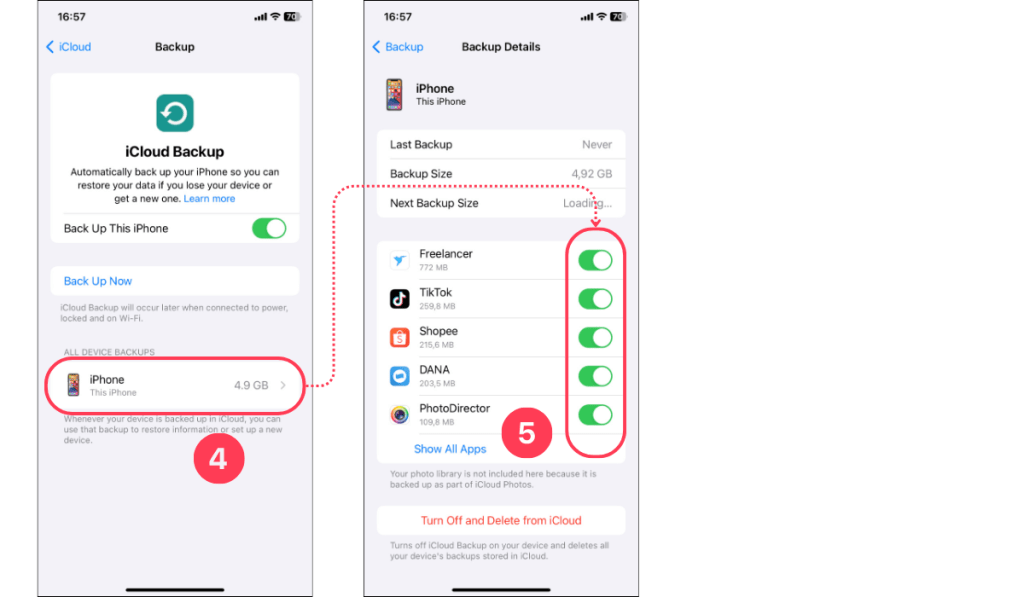
4. Tap your device
5. switch OFF the app you don’t want to restore when prompted and then confirm via “Turn Off.”
Switch off all the applications that you will not restore. After that, you can restore your iPhone and pick the files you want to recover using restore from iCloud backup.
Method 4: How to restore iPhone from iCloud Backup without Reset
Learn how to restore from iCloud Backup without Reset, which is limited in scope and functionality. Typically, to fully restore from Backup, you must erase all content and settings on your iPhone and then restore during the setup process.
However, there are ways to access certain types of data from your iCloud backup without a full restore:
Accessing Specific Data Types:
1. Contacts, Calendars, Notes, and More:
- If synced with iCloud, these items can be restored separately without needing a complete device reset.
- Navigate and go under settings, your name, then iCloud.
- Enable the options for Contacts, Calendars, and Notes.
- This action will sync the information from iCloud, effectively restoring these files to your device.
- Using iCloud Photo service lets your photos and videos synchronise across all devices.
- To get them, ensure that iCloud photos are on in Settings-[Your Name]-iCloud-Photos section.
- Data for apps that use iCloud for storage can be accessed by simply installing the app and logging in with your Apple ID.
- The app should automatically sync its data from iCloud.
Considerations:
- This method only works for data types designed to sync with iCloud. It won’t restore non-synced data like text messages, call history, or device settings.
- If you need to restore this kind of data or all content and settings, you must reset the entire device and restore it from an iCloud backup.
What To Do if iCloud Restore Failed on Your iPhone
- Power connection: Connecting to power is generally recommended while restoring from iCloud. However, having your device plugged in for stability is always good practice.
- Updating: Updating to the latest iOS/iPadOS is a good recommendation but a relaxed requirement for restoring from iCloud backups. Older versions might work, but updating ensures compatibility and potential bug fixes.
- Choosing a backup: The “Show All” option is helpful, but it might not be available if you have only one Backup in iCloud.
- Restoration time: You’re right that the time varies, but you can add that users can check the progress bar on their device to see an estimated timeframe.
- Troubleshooting:
- Errors during restore: Switching Wi-Fi is good advice if restoring from iCloud stuck. However, trying a different backup might not always be an option if the needed data is only in the problematic one. Consider mentioning alternative solutions like freeing up storage space or contacting Apple Support.
- Backup not showing up: It’s good practice to suggest saving crucial data elsewhere before contacting Apple Support. Additionally, users can check their iCloud storage availability online to ensure it’s sufficient for the backup they want to restore.
- Password prompts: Your explanation is clear. You can add that users can also choose “Forgot password?” to reset their Apple ID password if needed.
- New Backup: Encouraging users to create a new backup is good advice to ensure future data security. Learn how long does restore from iCloud takes.
Overall, your steps are accurate and helpful. Consider incorporating the suggested improvements for a more comprehensive and straightforward guide.
What Happens to Your Recent Information After Restore?
The most crucial factor to consider when restoring from iCloud backup is the status of new data entered since the backup.
- Data Not Included: A full restore from iCloud eliminates all the data stored on the device, restoring it to the last backed-up state. Anything created, bought, or downloaded on the computer after that backup will be wiped out.
- Why it Happens: Restoring from a backup essentially replaces your device’s current data with the older data from the backup. Restore ensures a complete restoration and avoids conflicts between the old and new data.
- Minimising Data Loss: Regular backups are crucial to avoid losing recent information. The more frequently you back up, the less data you risk losing during a restore. Set up automatic backups to iCloud to ensure your data is protected continuously.
Conclusion
Navigating data recovery can be a manageable task. With iCloud backups, you have a safety net for your iPhone’s data, ensuring that your valuable information is retrievable in case of accidental deletions or system errors.
Remember, regular backups are your best defence against data loss. Make it a habit to back up your iPhone to iCloud or iTunes, and familiarise yourself with the restoration process.
If the unexpected occurs, you’re prepared and can restore your digital life with a few taps. Should you encounter hiccups along the way, Apple Support is a resource at your disposal, ready to assist you in safeguarding your digital data.



